
Simplifying User Onboarding with LYNC Paymaster on Aptos
Author

Author

As Web3 continues to evolve, blockchain networks like Aptos are gaining momentum for their speed, scalability, and developer-friendly design. Yet one major hurdle still stands in the way of mass adoption: gas fees.
Whether you’re minting an NFT, sending tokens to a friend, or interacting with a DeFi protocol, you’ve likely encountered gas fees. For seasoned Web3 users, this is just part of the territory. But for the next billion users? It’s confusing, discouraging, and often a deal-breaker.
LYNC solves this problem with a simple yet powerful solution: gasless transactions on Aptos, made possible by its smart Paymaster. By removing the need for users to pay gas fees, LYNC makes the Web3 experience faster, easier, and more accessible for everyone.
LYNC is more than just another blockchain tool, it’s an autonomous AI + Web3 Layer built to onboard over 7 billion mobile users into crypto, seamlessly and affordably. Its native toolkit slashes development time by 90%, allowing founders and developers to build Web3 apps without reinventing the wheel or paying a fortune in gas fees.
But today, we’re zooming in on one of its most powerful features: the LYNC Paymaster, which enables gasless transactions on Aptos. That’s right, no APT tokens, no friction, just smooth, wallet-friendly blockchain interactions.
Before diving deeper, let’s talk about Aptos.
Aptos is a next-generation Layer 1 blockchain created by former Meta (Facebook) engineers. Built using the Move programming language, it focuses on scalability, reliability, and usability, the perfect trio for dApp developers and mobile-first platforms.
Now, imagine combining all these features with the ability for users to interact with the network without paying gas fees. This removes a major barrier to entry and creates a seamless experience that’s intuitive for pros and even those completely new to blockchain technology.
On most blockchains, every transaction requires a gas fee which is a small payment in the native token. On Aptos, that means holding APT just to send and receive tokens or interact with dApps.
But here’s where LYNC’s Paymaster changes the game.
With LYNC’s Paymaster, users can enjoy gasless transactions on Aptos. This means:
By removing the need for APT upfront, LYNC makes onboarding faster and easier, particularly for new users. It also gives dApp developers more flexibility to create smooth, Web2-like experiences on Aptos
Think of the Paymaster like a concierge at a luxury hotel. It takes care of the formalities so you can enjoy the experience. Here is a quick breakdown:
1. The user signs the transaction, as usual.
2. LYNC Paymaster intercepts the request, checks eligibility, and pays the gas fee on behalf of the user.
3. The transaction is bundled and submitted to the Aptos blockchain, while the dApp handles the logic behind who eventually bears the cost (the dApp, the user later, or via a subscription model).
Because LYNC is built with account abstraction in mind (an emerging standard in Web3 UX design), the Paymaster can operate dynamically based on the user’s profile, transaction type, and app logic.
LYNC’s integration on Aptos unlocks a world of real-world use cases, especially in mobile-first markets like Brazil, India, and Southeast Asia where crypto adoption is exploding but users remain cost-sensitive.
Gasless transactions let users join, play, and interact without needing to understand or acquire APT. A gaming app can sponsor transactions or batch them at intervals using LYNC’s Paymaster.
New users minting their first NFT don’t need to learn about wallets, keys, and tokens. They just need to tap, sign, and go!
The NFT platform absorbs the gas or rolls it into later purchases.
Imagine sending remittances across borders via Aptos without worrying about gas. LYNC enables this by sponsoring the first few transactions or allowing users to pay with fiat-onramps instead.
Businesses building on Aptos can let their clients interact with smart contracts (e.g., loyalty rewards, document signing) without needing blockchain knowledge. LYNC handles the rest.
Let’s be honest: Web3 user experience (UX) can still feel intimidating, especially for newcomers. From setting up wallets to buying tokens just to pay gas fees, the onboarding process often turns users away before they even get started.
But with LYNC’s Paymaster:
Industry data shows that approximately 65% of new users drop off after their first dApp interaction, commonly citing complexity of onboarding experience, unexplained staking and high gas fees as key reasons. High gas fees can be a barrier to entry for new users and can cause existing users to abandon a platform.
From the developer and wallet perspective, LYNC isn’t just helpful, it’s a growth engine. LYNC provides:
Imagine launching a DeFi app where users can stake, swap, and earn without needing to preload APT. That’s what LYNC makes possible.
Let’s throw some verified data into the mix:
LYNC’s early pilot projects in Sub-Saharan Africa showed a 30% increase in wallet retention when gasless onboarding was used.
Web3 isn’t just about decentralization, it’s about accessibility. With LYNC’s Paymaster and Aptos’s high-performance blockchain, users can finally interact with dApps the way Web2 taught us: no setup headaches, no fees upfront, and no steep learning curves.
In a world where speed matters and attention spans are short, gasless transactions on Aptos via LYNC aren’t just a nice-to-have, they’re the future!
So, the next time you’re introducing someone to Web3, skip the token faucets and long-winded tutorials. Just say:
“Try a wallet powered by LYNC, no gas fees, no complexity. Just tap, sign, and go.”
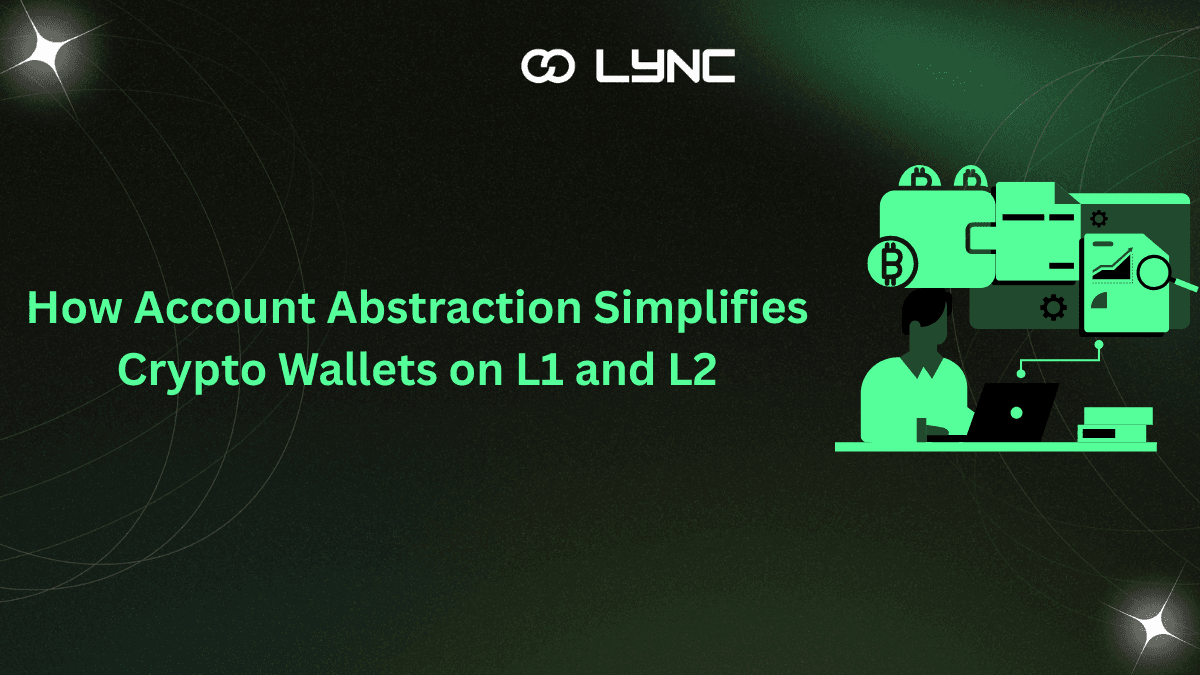
July 28, 2025
Crypto wallets have long felt like those remote controls with 50 buttons, but you only know what five of them do. While the tech-savvy might enjoy the complexity, most everyday users just want to send, receive, and store crypto without...
Author
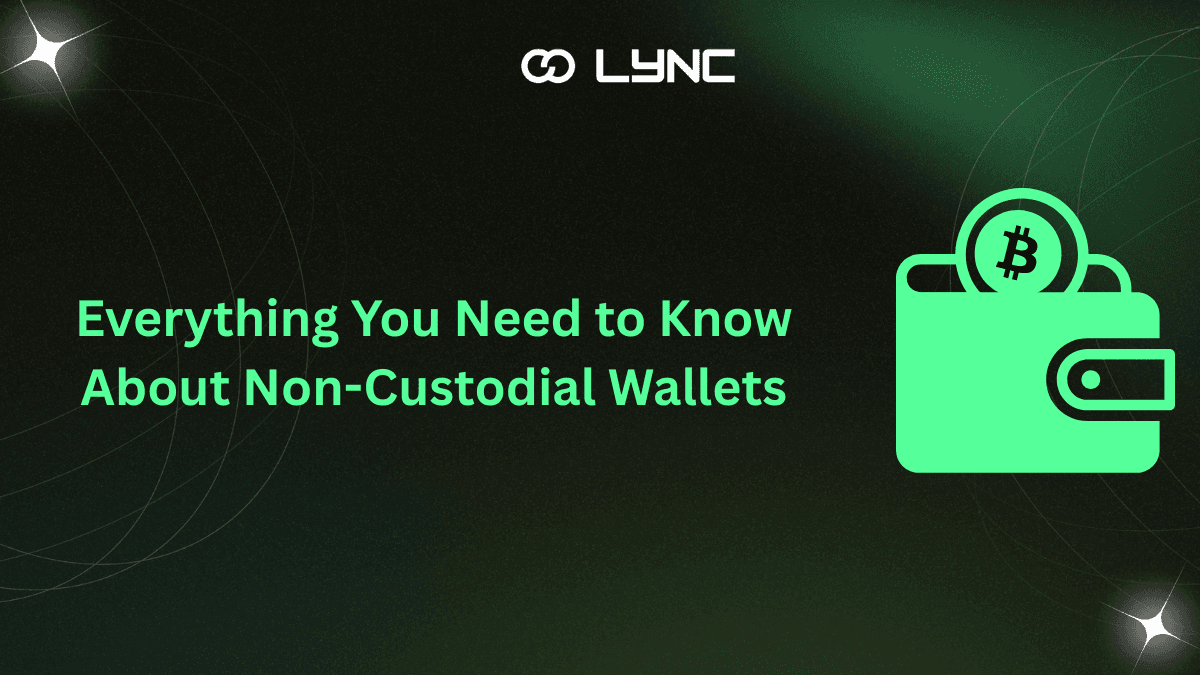
July 25, 2025
Web3 is all about putting control back in your hands and non-custodial wallets are a great place to start. These special wallets give you full control over your digital assets, without relying on banks, exchanges, or middlemen. If you’ve heard...
Author

July 24, 2025
As Web3 continues to evolve, blockchain networks like Aptos are gaining momentum for their speed, scalability, and developer-friendly design. Yet one major hurdle still stands in the way of mass adoption: gas fees. Whether you’re minting an NFT, sending tokens...
Author
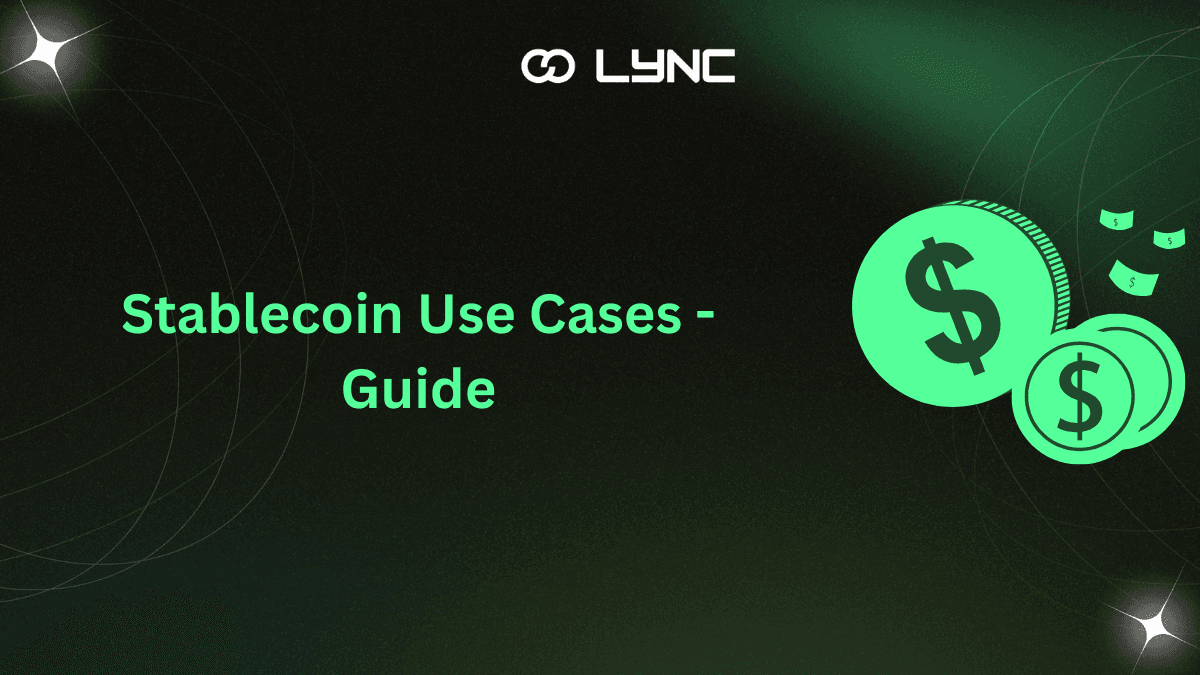
July 23, 2025
Sending money across borders isn’t as simple as it sounds. Your local bank can’t just send funds directly to someone in Korea. It has to go through a chain of other banks, called correspondent banks, to get there. Each bank...
Author
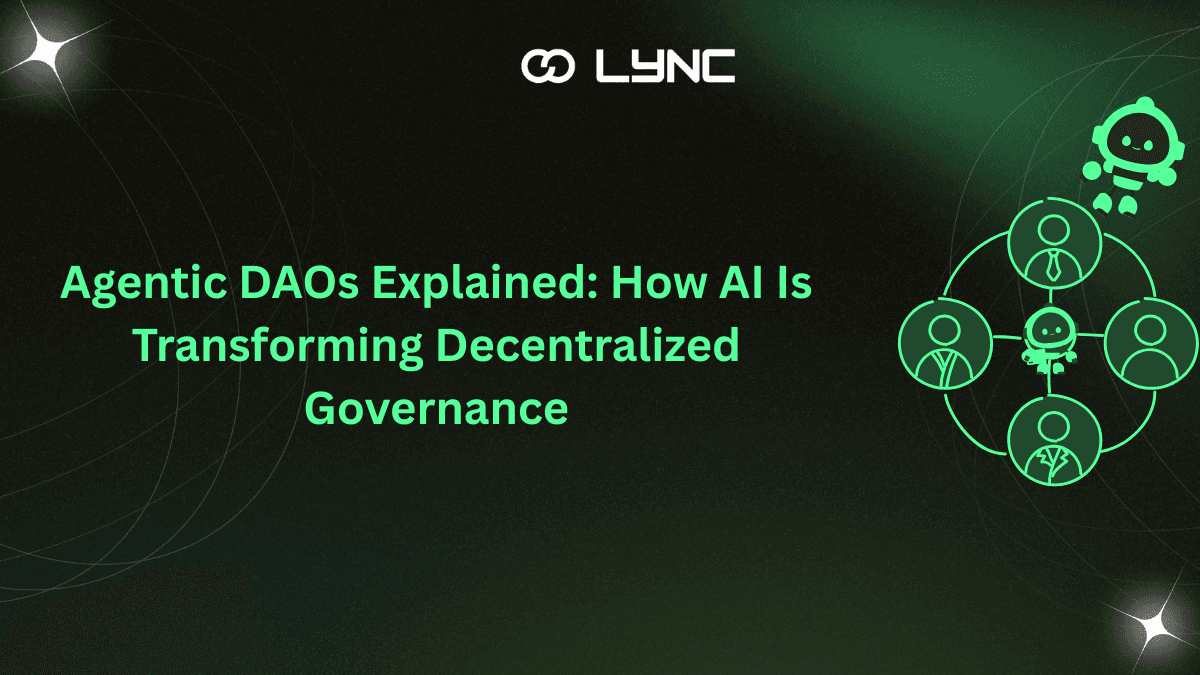
July 22, 2025
Web3 is changing fast, and one of the most fascinating new developments is the rise of Agentic DAOs. These are decentralized organizations where AI agents help run the show. Unlike traditional DAOs, where decisions rely solely on the votes of...
Author
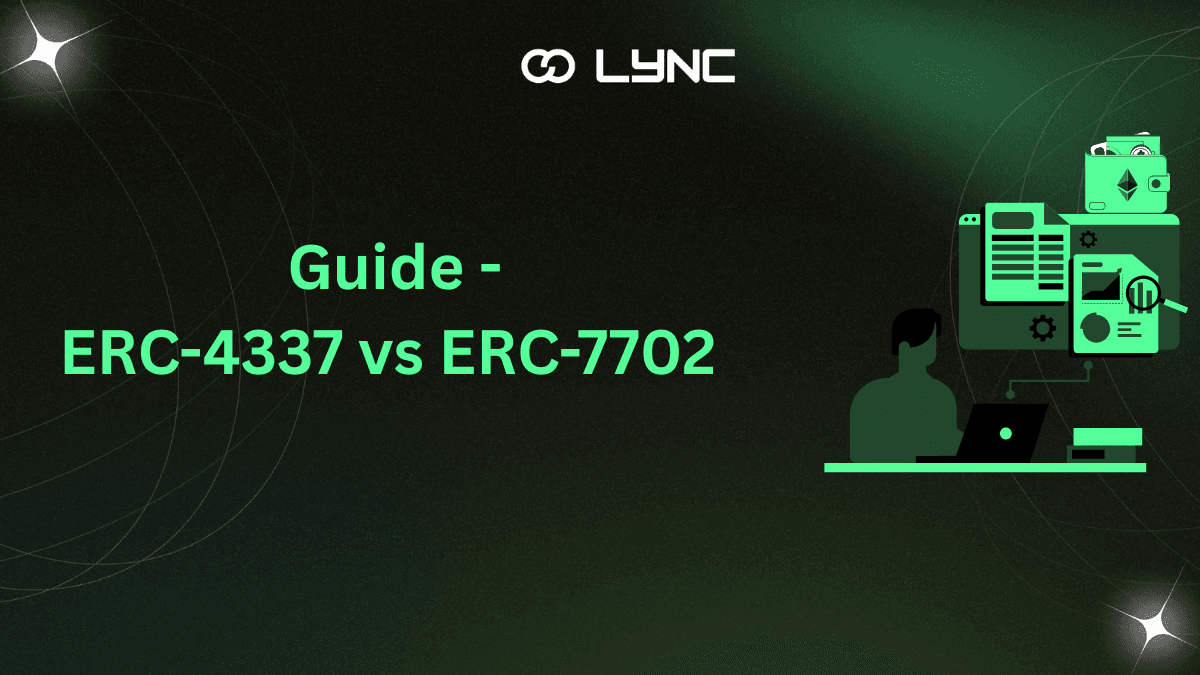
July 21, 2025
Ethereum is evolving fast, and two important updates leading the way are ERC-4337 and ERC-7702. These new standards are changing how wallets work, making them smarter, more secure, and easier to use. ERC-4337 is already live, powering smart wallets with...
Author

July 18, 2025
If you have ever used a crypto wallet before, you might have an idea of how tricky it could be, particularly if you are still not used to the cryptospace. But there’s some good news. There’s a new Ethereum standard...
Author
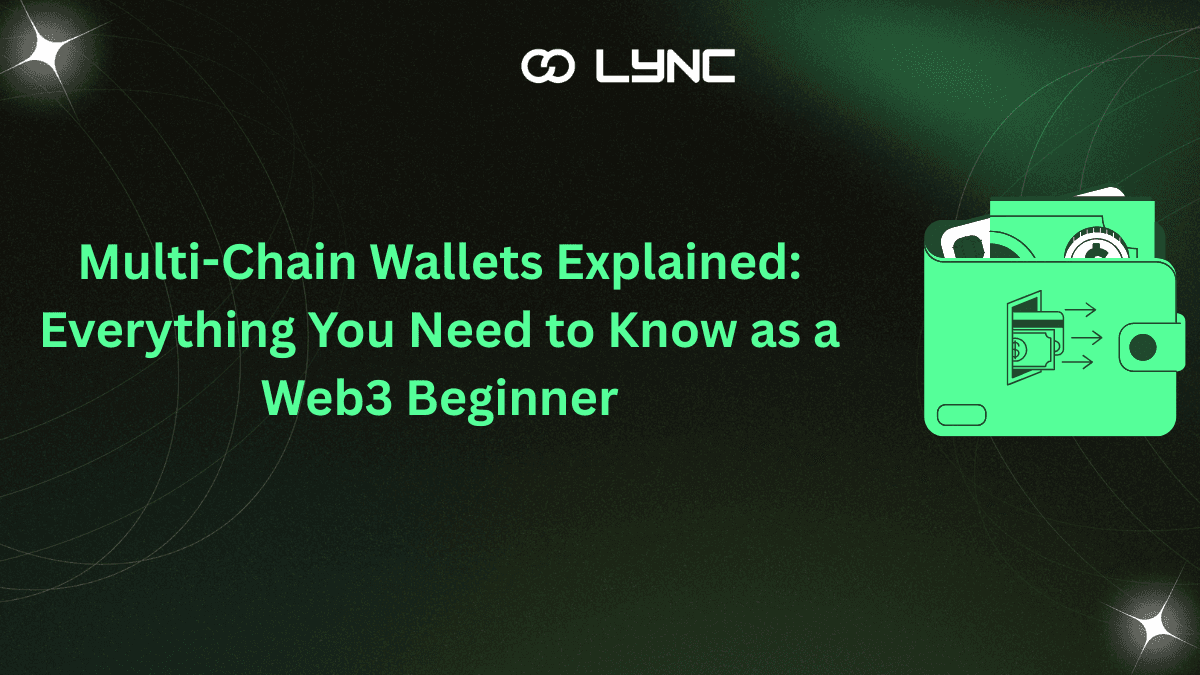
July 17, 2025
If you’re stepping into the world of crypto, there’s a good chance you’ve come across more than just Bitcoin and Ethereum. From Polygon to Solana, Avalanche to zkSync, the blockchain universe is expanding at lightspeed. With it, a simple question...
Author
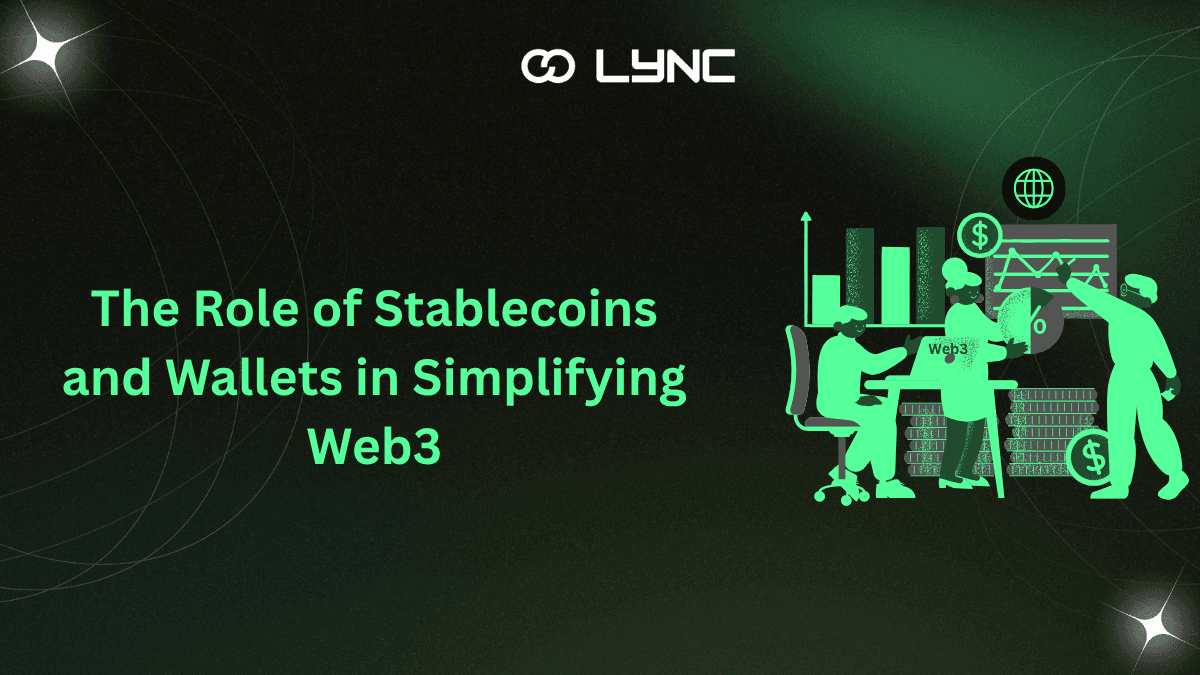
July 16, 2025
Let’s face it: the world of Web3 can feel like stepping into a science fiction novel. Between NFTs, DAOs, Layer 2s, and private keys that vanish if you sneeze too hard, it’s no wonder many people are still standing at...
Author
Unlock special content and connect with others.
Join our community today!




